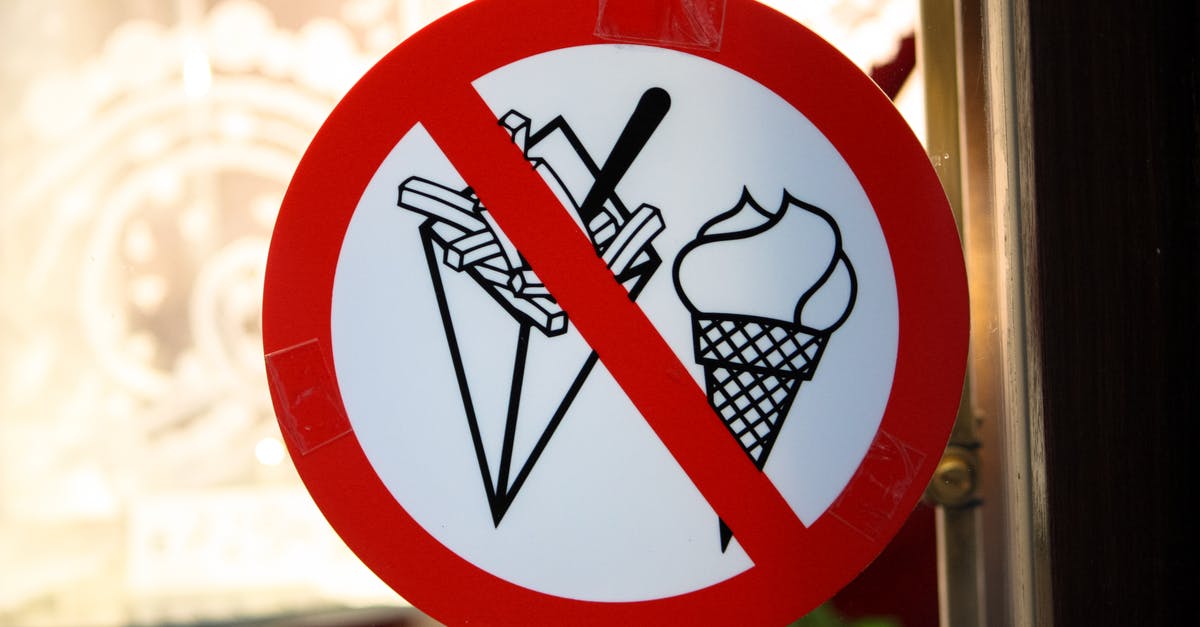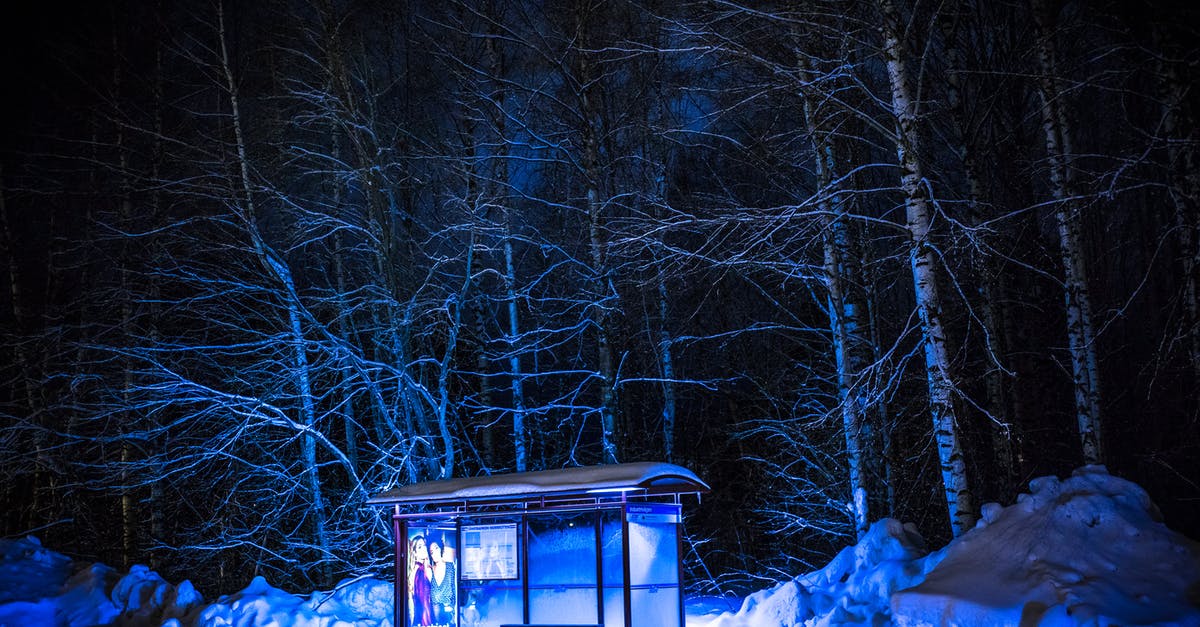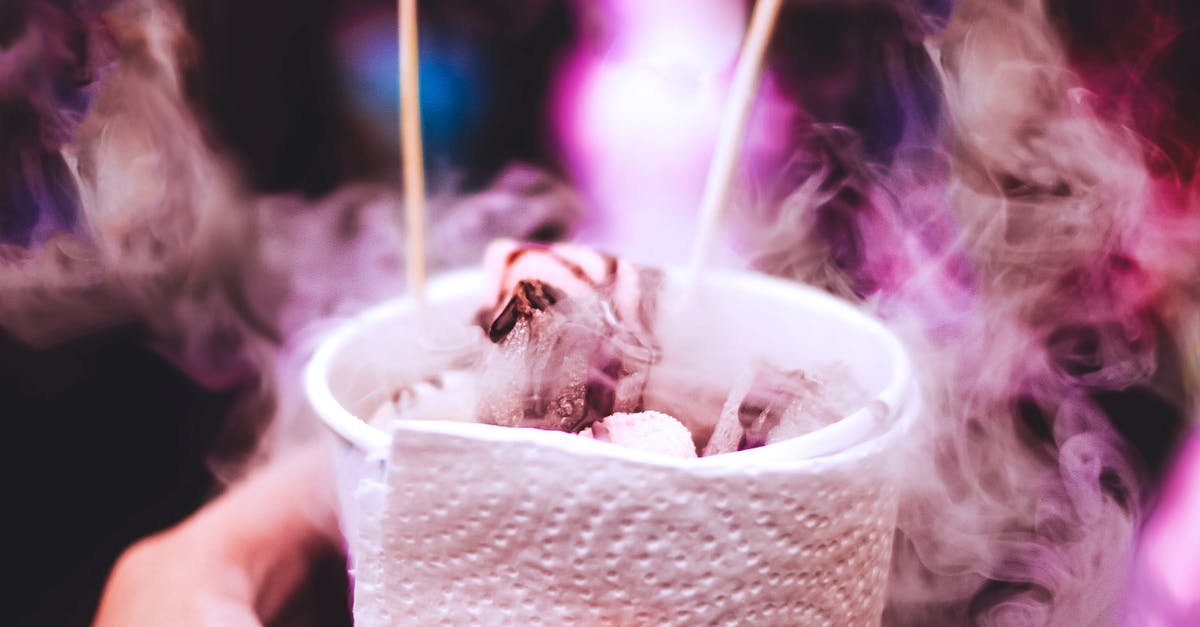How to know when to stop churning ice cream?

I've got a simple Cuisinart home churn, the kind that uses a frozen bowl rather than a compressor. On a couple of occasions, I'm pretty sure I've overchurned the mix, because it seems to leave a buttery coating on the palate and lips. On the other hand, I don't want to underchurn it for fear that I'll get ice crystals in the freezer. The user's manual for my churn is no help. Anyone know a solid way to determine when I've churned enough but not too much? Or could it be some other problem contributing to my making butter instead of ice cream?
Best Answer
If the ice cream mix is setting up but tending to leave a buttery coating in your mouth the best thing would be to try cutting back on the cream and replacing it with whole milk or half & half.
If it's a recipe that you've used in another machine with great success but it doesn't seem to in this one, it's probably a case of how long the frozen bowl is staying cold. I have used the freezer bowl ice cream attachment for KitchenAid machines and have been frustrated more times than not as it doesn't freeze up as it should.
Too much sugar can also be a culprit in the mix not freezing quick enough. Sugar doesn't freeze so a really sweet mix is going to be softer. You might try decreasing sugar content slightly....not too much or you will end up with an icier result (If adding fruit to ice cream, combine the chopped fruit with some sugar and cook just a little to allow the sugar to dissolve and the moisture to evaporate. The sugar soaking into the fruit will keep the fruit softer in the ice cream instead of forming icy chunks of fruit. Or, just mix in fruit preserves.)
Make sure that the mix is VERY cold, ideally chilled for several hours or overnight before it goes into the the freezer. If time isn't on your side, then quick-chill it in a metal bowl or container in an ice bath and stir frequently to help chill it throughout.
The primary indicator for most ice cream freezers is that the dasher starts to sound labored in its attempt to stir the mix. Or if cranking by hand, you start to sound labored in your attempt to crank it!
Another factor that can affect freezing of ice cream (although probably not the case in your instance since you don't have control of the speed) is the speed of the machine. In the case of the KitchenAid insulated bowl for freezing ice cream, they warn not to go faster than "stir" or the mix won't have a chance to freeze to the side of the bowl before the dasher scrapes it.
I would try one of their recipes with it to see if it freezes up firm enough without turning to butter and then compare differences between your current recipe and theirs, adjusting sugar, milk to heavy cream ratio, etc.
Pictures about "How to know when to stop churning ice cream?"



How long should you churn ice cream?
Ice cream takes a while to churn, about 15 minutes in most ice cream machines that we use at home. If you find that after 15 to 20 minutes, your ice cream still isn't a soft serve consistency, you might not be able to get it to "thicken" further in the ice cream machine.Can you over churn homemade ice cream?
Icy texture can also be due to over-churning. Ice crystals begin to form during the churning process. This is what gives ice cream its texture. However, if you churn for too long, the crystals continue to get bigger and can give your ice cream an icy texture.More answers regarding how to know when to stop churning ice cream?
Answer 2
I know I'm late to the party here, but I just thought I would provide a note on my past experience. When I first used my kitchenaid ice cream attachment, I also noticed that the buttery residue was forming after 10 minutes of churning (on the slowest setting). I had used quite a lot of thickened cream in this recipe. Cutting down the cream, and using whole milk in its place helped a lot!
During the churning process, I now set my timer for 10 minute intervals and periodically check on it. If it looks like soft serve mix, I know it's done.
Answer 3
I would add a bit to what Darin said as I actually have that cuisinart ice cream maker.
When I freeze the bowl overnight in the chest freezer I have had no problems with any mix regardless of fat or sugar content; it gets very cold.
The quality is better when the mix has been chilled but room temp mix still works well enough when I'm out of time (and ice).
As for churning time, I follow the manufacturer's instructions which if I recall is 30-35 min and it has always turned out correctly. It is still soft at that point and needs to be hardened in the freezer but that is the way it is supposed to work.
Answer 4
The instructions for my Big Chill ice cream maker say to churn 2-3 times, making complete turns with the churn, just after adding the mixture to the frozen cylinder, and then to repeat this every 4-5 minutes for 20-30 minutes. They warn that constant churning may prevent the mixture from freezing properlly.
Sources: Stack Exchange - This article follows the attribution requirements of Stack Exchange and is licensed under CC BY-SA 3.0.
Images: Paolo, Lukas, Micael Widell, Gabriel Peter
